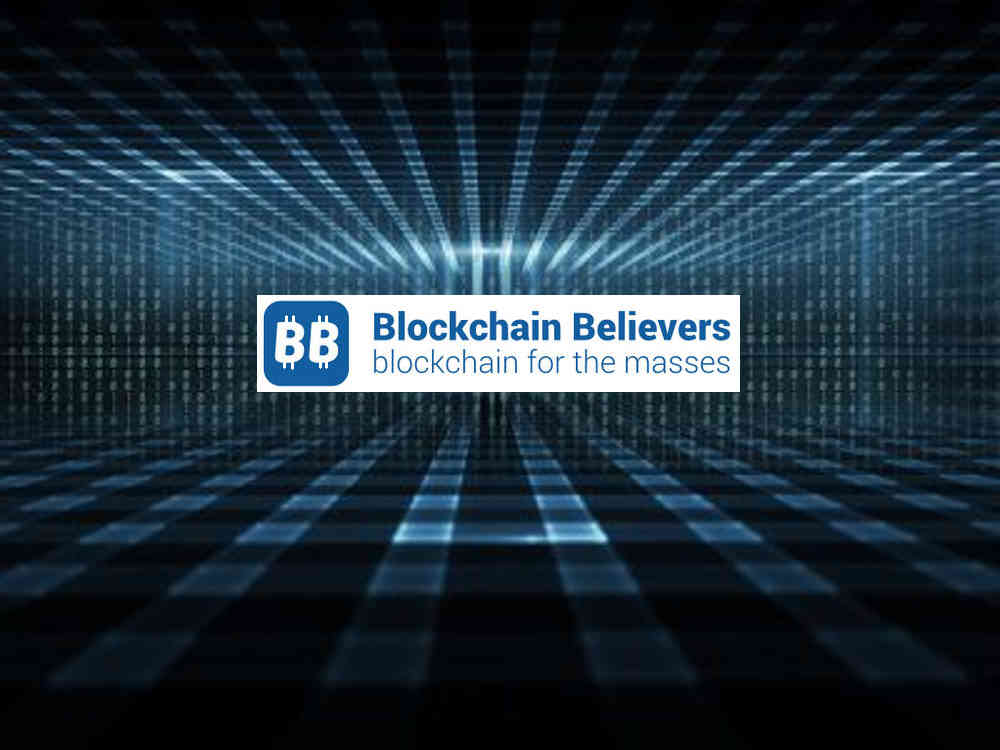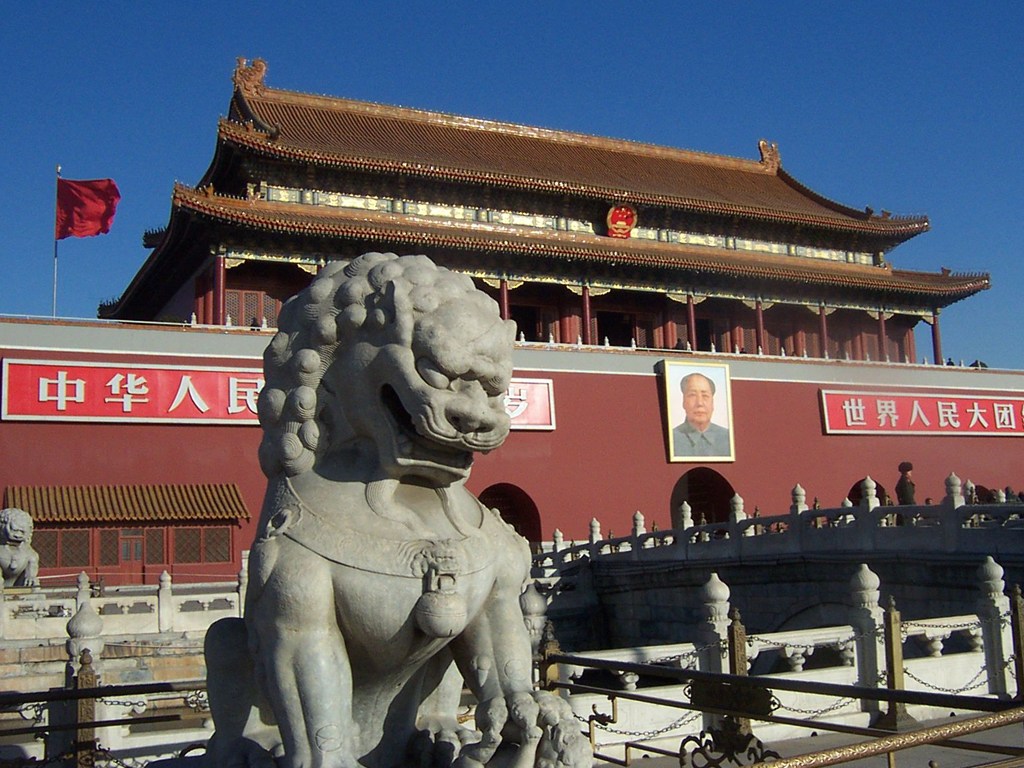“Blockchain technology” has become a hot topic in recent times, at first spurred by the speculative interest in cryptocurrencies and eventually having taken a form of its own via speculative use cases in finance, insurance and related areas.
Past the buzzwords and marketing speak, few can really make a case as to what value blockchains really provide in their use case, and many mistakenly equate the benefits of “blockchainizing” with just the benefits gained from modernizing legacy infrastructure. Of course, a blockchain based platform with 21st century technology will be better than a 60 year old digital architecture, or worse, nothing at all, as is the the case with government issued identity as an example — in most countries, digital identity is still not a thing at all, and blockchain is one way to implement it, but certainly not the best or only way.
What, then, is the real benefit of applying blockchains to a problem, and when is the reward actually worth the cost? To answer the question first we must make a distinction between blockchains as an “abstract technology or architecture” and blockchains in “the real world”, when they’re actually deployed and in use. As an analogy, we can take the internet — which as a protocol, is merely a standard for how to construct and pass along messages, but as a system, is a complex web of interconnected players, markets, infrastructure providers and users, and common law and sets agreements between all of these parties. Talking about the internet just as a standard for passing messages misses the big picture just as talking about blockchains as a “better way” way to implement certain methods to share or verify data. To keep better track of things, we’ll use the term “blockchains” when talking abstractly about protocols, and the term “utility chain” when talking about a (hypothetical or real) deployed blockchain for a defined use case which fulfills real use cases or user needs.
Diving right into it, the core properties of current utility chains (and what drive their value, beyond speculation) are:
- Censorship resistance: No company or special interest dictates who can use the protocol, or for what purpose, or which uses have priority. The only thing that matters is the fee paid for writing to the chain, and that sets the priority for use. Pure economics.
- “Ubiquitous” access: Similar to censorship resistance, but from a data access perspective. All data is public, available to anyone with an internet connection, and stored indefinitely, without restriction on how can see it or who can process it.
- “Protocol rigidity and stability”: The fundamental rules of the chain’s code, how the chain runs, how the programs and data deployed on it are treated, etc, is fixed for the most part, and due to the diverse set of participants and players that run the software/foundations, one can have reasonable guarantee that the rules will be respected and won’t change under their nose randomly or without notice, and won’t be changed to serve special interest.
- Public infrastructure: The code that underlies the chain is open source, and free for anyone to download, modify, with no royalty or IP attached.
These are four very important (and expensive to maintain) properties that are fundamental to the only real current application for utility chains, which are cryptocurrencies like Bitcoin or Ethereum. Many take blockchain software or architecture, which is tailored to maintain the four properties above (again, at great efficiency cost) and try to apply them to private networks, where the properties are unnecessary or even undesirable (censorship resistance is not desired in banking, for example, and neither is open access to data). Many current “blockchain projects” would be better served by just databases and good development practices.
Source/More: Blockchains as a Public Good – Matthew Di Ferrante – Medium
















